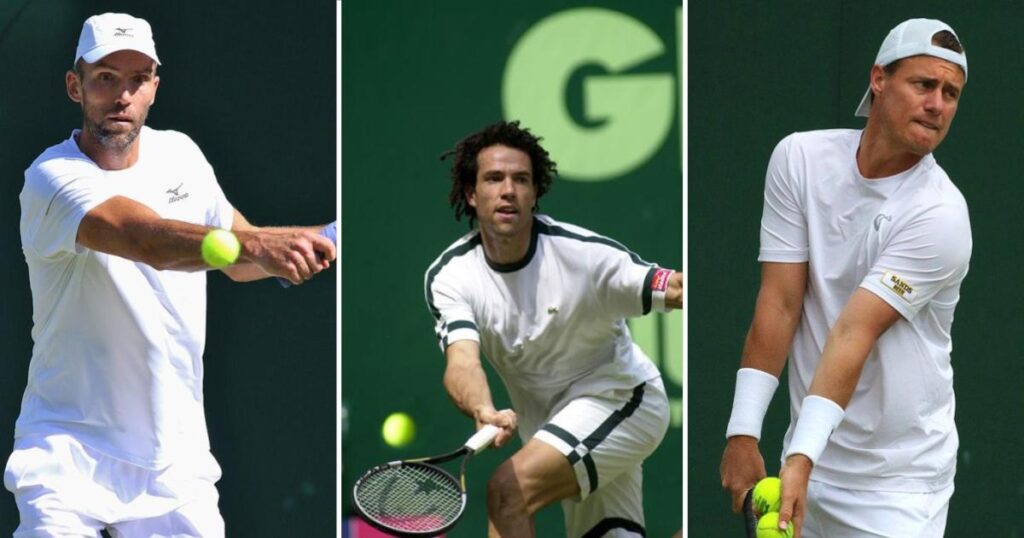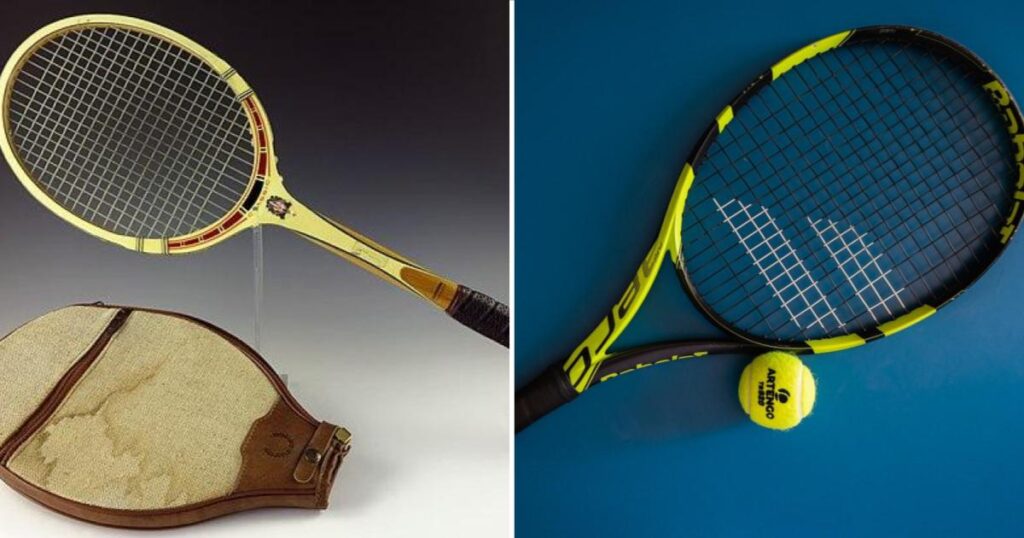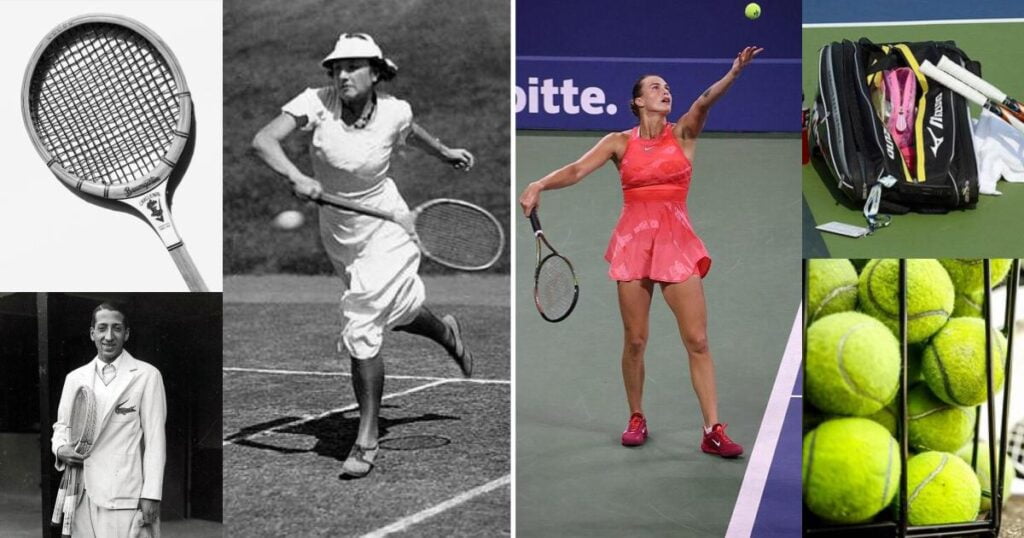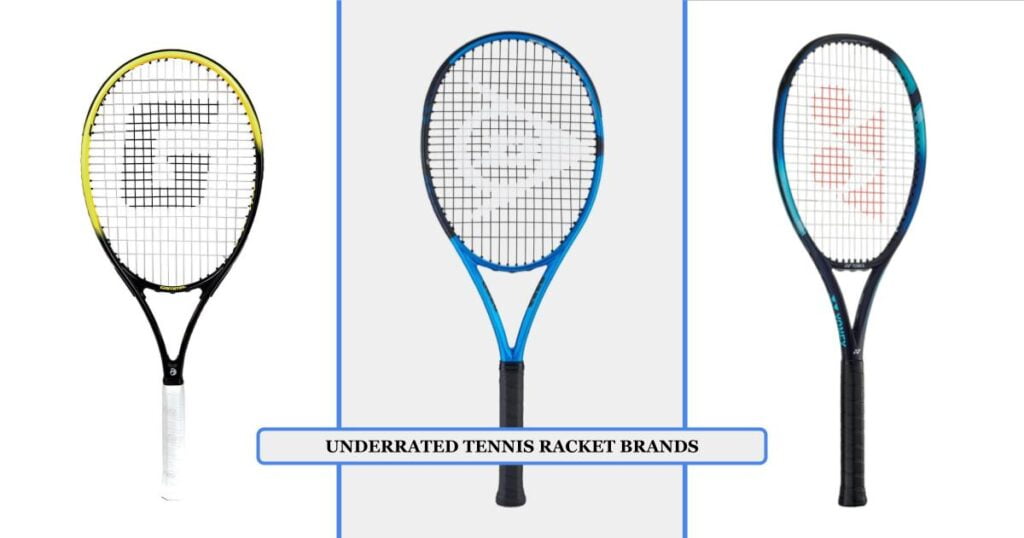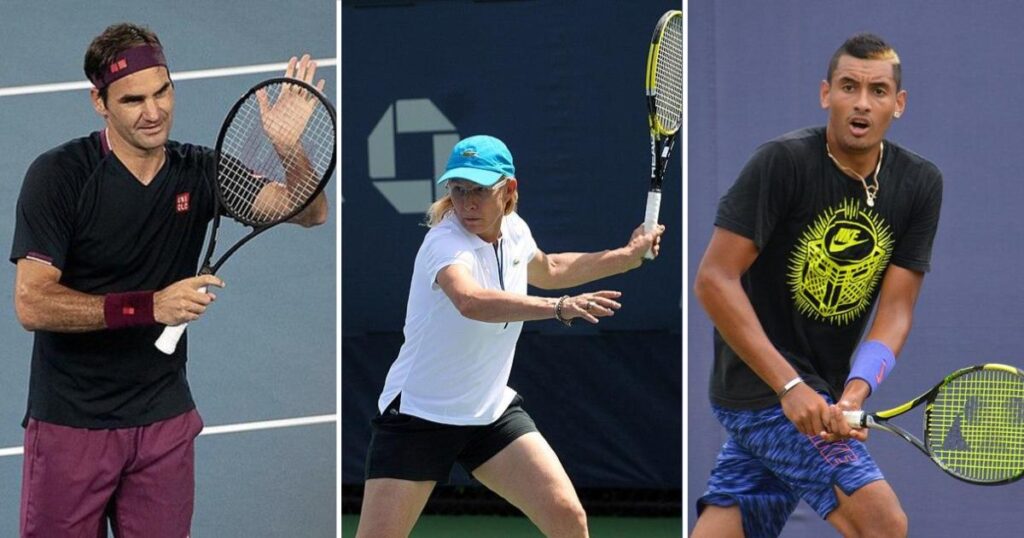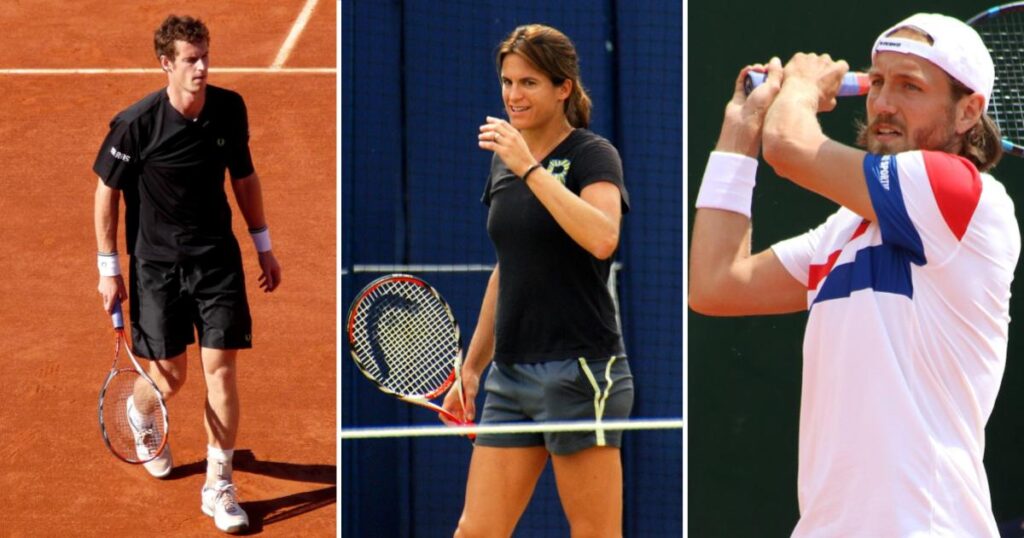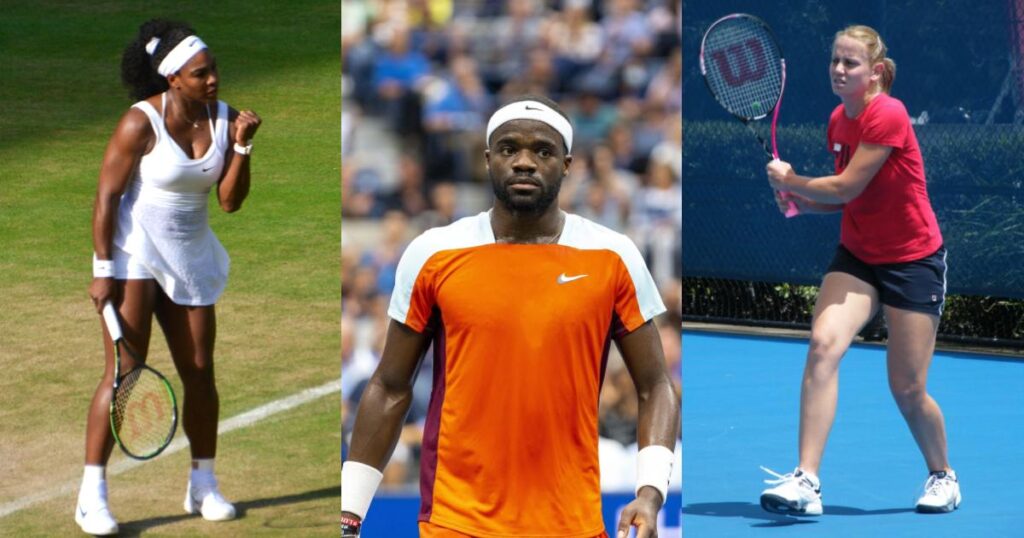It’s Never Too Late to Start
Starting a new phase in life is not about when we make the decision to do it, but rather what we do after we make it. There is no set benchmark for the ideal age or time to start learning a new skill, and fortunately, no one gets to decide it but us. Many tennis players start playing or practicing tennis at an early age, but this does not guarantee success. In fact, it guarantees nothing. What matters most is your hard work and determination.
In this post, we will read about professional tennis players who began their junior careers late. These players may have begun their junior careers later than most, but they attained great feats in their pro career.
1. Younes El Aynaoui

In 1990, at the age of 18, Younes El Aynaoui, who originally hails from Rabat, Morocco, visited Bradenton, the county seat of Manatee County in Florida. He went to Bradenton to spend a week at the Nick Bollettieri Tennis Academy.
Since his childhood, El Aynaoui had shown an interest in tennis. He used to play with his brother and friends, but he did not receive formal training until he was 18. The week he spent at the Nick Bollettieri Tennis Academy inspired him to pursue a professional tennis career. The idea did not sit well with his father, who opposed Aynaoui’s decision to take up the sport. Despite his father’s opposition, Aynaoui was determined.
Aynaoui’s story is very inspiring for everyone, especially athletes. He faced many challenges during his training days, but he fought them all. In 1993, he reached his ATP singles final in Casablanca, Morocco. For his achievements in sports and inspiring journey, he was awarded the nation’s highest sporting honor. In the 2003 season, Aynaoui reached his career-best ranking of 14.
After deciding to play tennis professionally, Aynaoui spent the next two years at the academy, working on his skills and focusing on training. In the early days, he faced the challenge of covering his training fees, but this did not weaken his determination. To support his expenses, he did all sorts of jobs, such as driving the academy bus, cleaning, babysitting, and stringing rackets.
There is much we can learn from athletes like Aynaoui. One of those things is to continue moving forward on the path you have taken to achieve your dreams and goals. If we pursue them with utmost sincerity and persistence, we will sooner or later achieve what we aim for.
2. Cedric Pioline

Cédric Pioline, a tennis player from Neuilly-sur-Seine, France, reached a career-best ranking of world No. 5 in 2000, playing professional tennis until 2002. Pioline comes from a sports family; his parents were both volleyball players. His mother played for the Romanian national team.
During his childhood, Pioline joined a sports club in France where his parents played volleyball. The first activity he saw in the club was tennis, so he and his friend took up the sport. His interest in tennis grew gradually over time, and he began playing competitive tennis at the age of 16. During his career, Pioline won five singles tournaments.
Pioline’s parents were both athletes, and parents with sporting backgrounds tend to train their children in sports from a very young age. However, in Pioline’s case, things went a little slower than one would expect, considering that his parents used to play volleyball competitively. Nevertheless, Pioline’s achievements in professional tennis clearly indicate that a slow start to a sporting career cannot stop a determined and hardworking athlete.
3. Ivo Karlovic

Ivo Karlovic is a Croatian former tennis player who retired in 2023. He competed in his first junior tournament at age 16, playing in 8 tournaments during his junior career. In 2008, Karlovic defeated then-world number 1 Roger Federer at the Cincinnati Masters. He also reached his career-high ranking of 14 that year.
2008 was a pivotal year for Karlovic, as he also reached the semi-finals of the Cincinnati Masters. He turned pro at the age of 21, but still performed well in the early stages of his career. In 2003, Lleyton Hewitt became the first defending Wimbledon champion to be defeated in the first round. Karlovic was the player who defeated him, earning a place in the history books.
Playing his first junior tournament at 16 and turning pro at 21 is a remarkable achievement for Karlovic. Many tennis players start their junior careers at a very young age but still take time to turn pro for various reasons. Karlovic, on the other hand, started his junior career relatively late but made big strides quickly, turning pro in his early 20s.
4. Michael Stich

Michael Stich is a former German tennis player who reached a career-high ranking of No. 2 in 1993. That same year, he defeated Pete Sampras in the championship match of the ATP Tour World Championships, becoming the only player in the 1990s to win the championship by winning all of his matches without losing a single set. He reached his second Grand Slam singles final at the 1994 US Open.
Although Stich achieved many accolades in his tennis career, tennis was not his first choice of sport. Many athletes, especially at a young age, are interested in multiple sports and eventually choose to focus on one. This was the case for Stich, who started playing soccer at the age of 6 and also enjoyed tennis as a pastime.
In 1985, Boris Becker, a fellow German, won the Wimbledon men’s singles title at the age of 17. Becker was only one year older than Stich, and his performance had a significant impact on the younger player. Becker’s success inspired Stich to pursue a competitive tennis career at the age of 16, something he had always been somewhat interested in. Within a year, he began training and preparing for his junior tennis career in Germany.
Becker not only inspired the next generation of tennis players, but also players in his own age bracket. Stich was only one year younger than Becker, but Becker’s performances and his representation of Germany in the international tennis circuit inspired Stich to take up the sport professionally. Throughout his career, Becker not only set many records but also motivated aspiring tennis players, especially those from Germany, to continue pursuing the sport.
5. Jakob Hlasek
Jakob Hlasek is a former tennis player from Montreux, a town in Switzerland. His family moved to Switzerland from the Czech Republic in 1968. Hlasek began his athletic career by choosing ice hockey as his preferred sport. He represented the Swiss national junior hockey team at the age of 12 and had no plans to switch. However, while playing hockey, he suffered a serious injury that broke his foot and arm. His father advised him to switch to a different sport for safety reasons and suggested tennis. At the age of 13, Hlasek had to switch to tennis.
In 1989, at the age of 25, Hlasek made an impressive leap in his professional career, reaching his career-best singles ranking of number 7. In men’s doubles, he partnered with fellow Swiss tennis player Marc Rosset. With Rosset, Hlasek won the doubles title at the 1992 French Open. Hlasek was also a member of the Swiss team that won the ATP’s World Team Cup in 1996.
Injuries are an unavoidable aspect of professional sport and something that cannot be controlled. Sometimes, an injury can be so severe that it could cost an athlete’s career.
Hlasek faced similar adversity when he was injured during a hockey match, forcing him to give up his junior ice hockey career.
Transitioning from one sport to another and then rebuilding for it must have been a difficult challenge for Hlasek. The only thing in his favor was his age. He was 13 when he was injured. When you are young, you tend to take everything as a challenge and not dwell too much on the past, as your mind is always focused on the future.
6. Shinobu Asagoe
View this post on Instagram
Shinobu Asagoe, a former Japanese tennis player, turned professional in 1997 at the age of 19. Although she started her tennis training relatively late, she still made significant progress in a short period of time.
Born in 1976, Asagoe began training for tennis at the age of 13 in junior high school. She reached her career-best singles ranking in 2005, ranking 21st in the world. Within her first three years as a professional, she broke into the WTA’s top 100.
She also competed in doubles, partnering with players such as Katarina Srebotnik and fellow Japanese player Akiko Morigami. She reached her career-high doubles ranking of 13th in 2006. She represented Japan at the 2003 Olympic Games in Sydney, Australia.
Baseball is the most famous sport in Japan, but tennis has grown tremendously in the country in the last few decades, and there is a lot of scope for its growth in Japan. Tennis players like Kei Nishikori and Naomi Osaka, who are from Japan, have made their presence felt at the world stage over the years.
Although Asagoe started training for tennis at the age of 13, taking that decision, sticking to it, and later representing your country in the Olympics is a remarkable journey. This shows Asagoe’s determination and passion for the sport.
7. Lleyton Hewitt

Lleyton Hewitt was athletic from a young age and showed an interest in multiple sports. He also came from a family with a strong sporting background, so his inclination towards sports was natural. According to the ITF, he began tennis training at the age of 3, but it was not his first choice of sport at the time. His outstanding athleticism, which the tennis world later recognized in his late teens, allowed him to train in multiple sports before eventually switching to tennis. It was a matter of choice for Hewitt.
In late 2001, at the age of 20, he became the world’s number one ranked tennis player. Hewitt’s father was an Australian rules football player, which may explain why Hewitt continued to play Australian football until the age of 13 before switching to competitive tennis. He began his professional career in 1998 at the age of 18. Hewitt’s training in Australian football and athletic skills helped him in tennis, a sport that he did not consider until he was 13 years old.
Within a few years, he made extraordinary improvements in his game and gave some memorable performances in his early days of professional tennis. He started his junior tennis career at the Seaside Tennis Club in Henley Beach, Australia.
Switching sports is not an easy decision to make, especially during the teenage years, because that is the time when athletes invest their time to build a strong foundation. Hewitt switched to tennis from Australian football, in which he had done fairly well. Nevertheless, he made the decision, which turned out to be a beneficial one. His tennis career stats also say the same.
These are just a few stories of tennis players who made it to the professional level, although they started their journey relatively late compared to other professional players. There are many untold stories of players who have done well in their tennis careers despite not starting early. The lesson we can learn from these players is that if we are determined to achieve something and persist with it, we can face and overcome all the hurdles and roadblocks on our journey.
Also see:
Tennis Players Who Defied Financial Obstacles and Made It Big
Famous Tennis Players Who Played Without a Coach
Tags: Tennis Insights
